Published in 2019 by Enslow Publishing, LLC.
101 W. 23rd Street, Suite 240, New York, NY 10011
Copyright 2019 by Jeff Burlingame
All rights reserved.
No part of this book may be reproduced by any means without the written permission of the publisher.
Library of Congress Cataloging-in-Publication Data
Names: Burlingame, Jeff.
Title: Aerosmith / Jeff Burlingame.
Description: New York : Enslow Publishing, 2019. | Series: Bands that rock! | Includes bibliographical references and index. | Audience: Grades 7-12. Identifiers: LCCN 2018009577| ISBN 9781978503465 (library bound) |
ISBN 9781978505216 (pbk.)
Subjects: LCSH: Aerosmith (Musical group)Juvenile literature. | Rock musiciansUnited StatesJuvenile literature.
Classification: LCC ML3930.A17 B85 2019 | DDC 782.42166092/2 [B]dc23 LC record available at https://lccn.loc.gov/2018009577
Printed in the United States of America
To Our Readers: We have done our best to make sure all website addresses in this book were active and appropriate when we went to press. However, the author and the publisher have no control over and assume no liability for the material available on those websites or on any websites they may link to. Any comments or suggestions can be sent by e-mail to .
Portions of this book appeared in Aerosmith: Hard Rock Superstars.
Photo Credits: Cover, p. 1 Debby Wong/Shutterstock.com (Steven Tyler); cover, p. 1 ZUMA Press, Inc./Alamy Stock Photo (Aerosmith); pp. 6-7, 14-15, 28, 42-43, 73 Michael Ochs Archives/Getty Images; pp. 8-9, 19, 40-41, 42-43 Jeffrey Mayer/ WireImage/Getty Images; p. 16 Hulton Archive/Archive Photos/Getty Images; pp. 21, 24, 48-49 Fin Costello/Redferns/Getty Images; p. 23 David Becker/Getty Images; p. 25 Michael Ochs Archives/Moviepix/Getty Images; p. 30 Terry ONeill/ Iconic Images/Getty Images; p. 33 Waring Abbott/Michael Ochs Archives/Getty Images; p. 36 Tim Boxer/Archive Photos/Getty Images; p. 52 Shinko Music/ Hulton Archive/Getty Images; pp. 54-55 CBW/Alamy Stock Photo; p. 56 Larry Hulst/Michael Ochs Archives/Getty Images; p. 58 Everett Collection, Inc./Alamy Stock Photo; p. 62 Ron Galella Collection/Getty Images; p. 67 Bob Berg/Getty Images; p. 68 Marc S Canter/Michael Ochs Archives/Getty Images; p. 78 Walter McBride/Getty Images; p. 81 S. Granitz/WireImage/Getty Images; pp. 84-85 AP Images; p. 87 Steve Eichner/Archive Photos/Getty Images; pp. 90-91 Frank Micelotta Archive/Hulton Archive/Getty Images; pp. 94-95 Brad Barket/ Getty Images; pp. 96-97 Matthias Balk/picturealliance/dpa/AP Images; cover and interior pages Macrovector/Shutterstock.com (guitar illustration); Jemastock/ Shutterstock.com (hand icon).
.jpg)
Introduction

B y most indications, it appeared as if Aerosmiths heyday had come and gone. The American rock-and-roll band that had set stages and music charts across the world on fire during the 1970s with hit songs such Sweet Emotion, Dream On, and Walk This Way had seen an extended stretch of troubled times as the decade shifted and the mid-1980s rolled around. The drug use of various band members had led to constant fighting. Some of those members had left the band and had been replaced with other musicians. And although their concerts still were selling well, every song Aerosmith had released as a single in the 1980s had failed to crack Billboards Top 100. Musical trends had shifted, a new generation of music fans had been born, and it appeared as if Aerosmith would never again see the success they had previously seen. One MTV executive said years later, Aerosmith was done at that point. Their last couple of records had been huge bombs. They had fallen into major drug problems. They were a little bit of a joke.1
But that all changed in the mid-1980s, when producer Rick Rubin began working on an album with a hip-hop band called Run-D.M.C. Rubin felt it would be a good idea for Run-D.M.C. to make a rap version of Aerosmiths classic song Walk This Way. When Aerosmiths Steven Tyler and Joe Perry heard what Run-D.M.C. wanted to do, they both agreed to fly to New York where the recording was taking place and contribute new vocals and new guitar playing to the track. When the work was done, Tyler and Perry left the studio. No one was even sure what was going to happen with the song.
The members of Aerosmith (from left) Brad Whitford, Tom Hamilton, Joey Kramer, Steven Tyler, and Joe Perryperform on The Midnight Special TV show in Los Angeles in 1978.
Soon Tyler and Perry, as well as much of the United States and even the world, found out. In May 1986, Run-D.M.C.s album Raising Hell was released and the song was on it. The song was released as a single in July, and a video for the songstarring Tyler, Perry, and the members of Run-D.M.C.was made and soon began airing on MTV. The video featured the two groups recording at the same time in studios next to each other, then Tyler eventually breaks through a wall and the two groups join forces on one single stage to finish the song. It was symbolic and a powerful moment for both acts and for music in general. The new version of Walk This Way helped get rap music and Run-D.M.C. on the radio and on MTV and it helped resurrect Aerosmiths career. The song rose to number four on the Billboard chartsthe highest position any Aerosmith song ever had reached. It introduced Aerosmith to a new generation of music fans, too. I think it really dawned on us when we went to Europe and we started doing interviews and we realized some people had never heard of Aerosmith until that song came out, Perry said.2

The Aerosmith and Run-D.M.C. version of Walk This Way helped put Aerosmith back on the musical map. Pictured here are members of both groups in 1999: (from left) Steven Tyler, Joseph Simmons, Jason Mizell, and Joe Perry.
The following year and with a newfound relevancy, Aerosmithwith all its original members on boardreleased a new album called Permanent Vacation that had three top-20 songs, and each was placed in heavy rotation on radio and made into videos that received the same favorable treatment on MTV. The bands next couple of albums were equally as successful. Thanks to an unlikely collaboration with a band they had not heard of previously, Aerosmith was back, and there was another chapter to be written for their already lengthy up-and-down-and-up-again story.
Getting the Band Together
I f not for a common love of rock-and-roll music, it is doubtful the future members of Aerosmith would ever have met. The young men who came together to form the legendary band came from different neighborhoods, different cities, and different states. Even so, they still found each other and began sharing their talents to create what eventually became one of the greatest rock-and-roll bands in history.

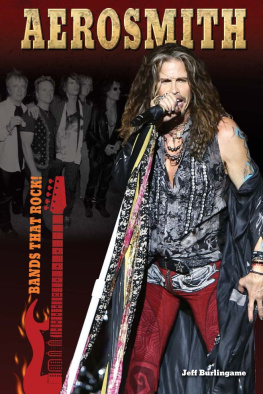
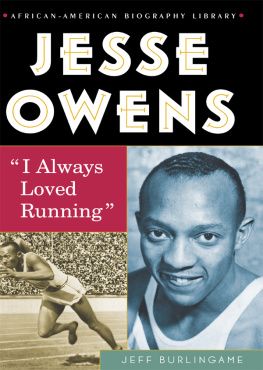




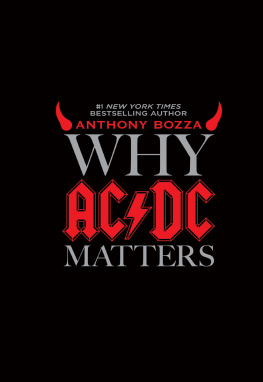
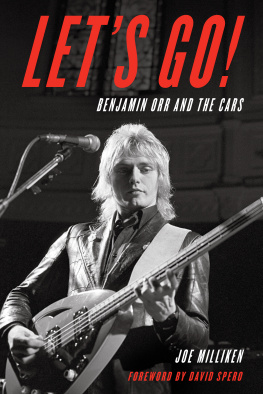

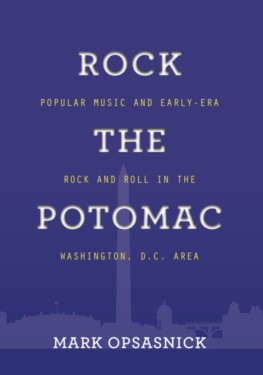

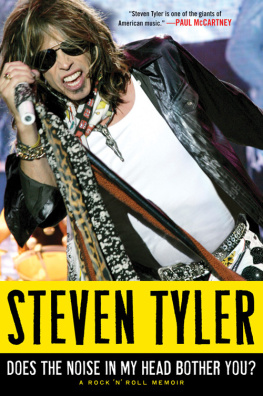
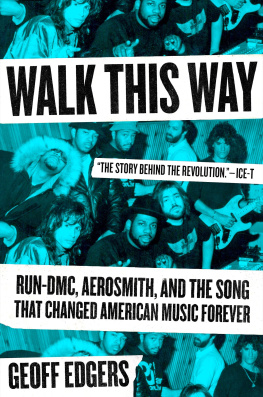

.jpg)

.jpg)



.jpg)